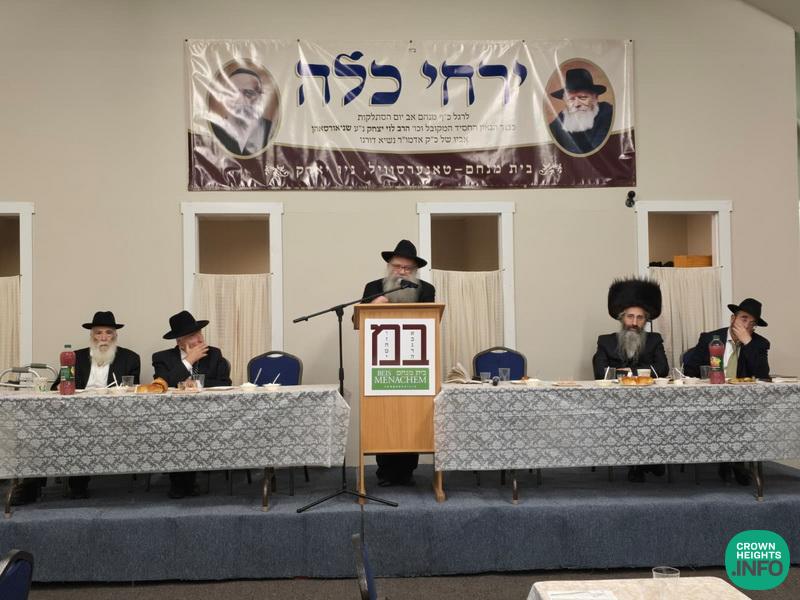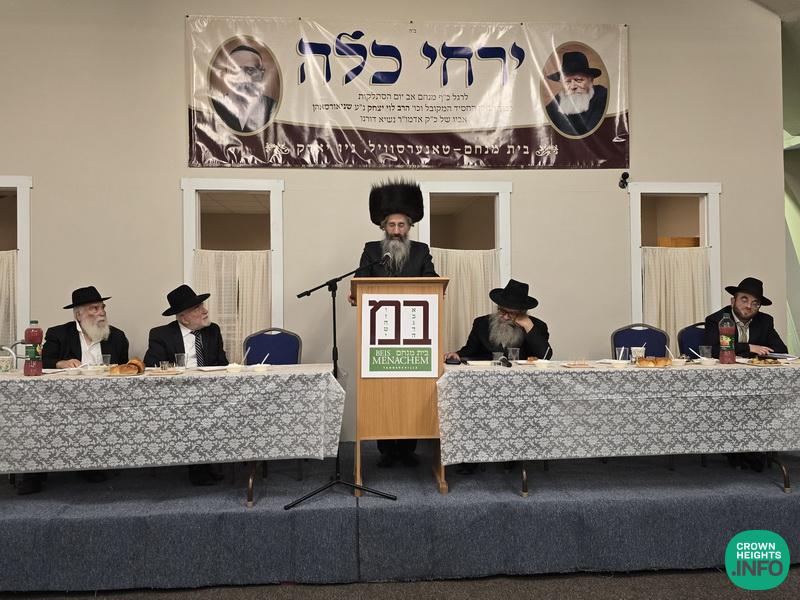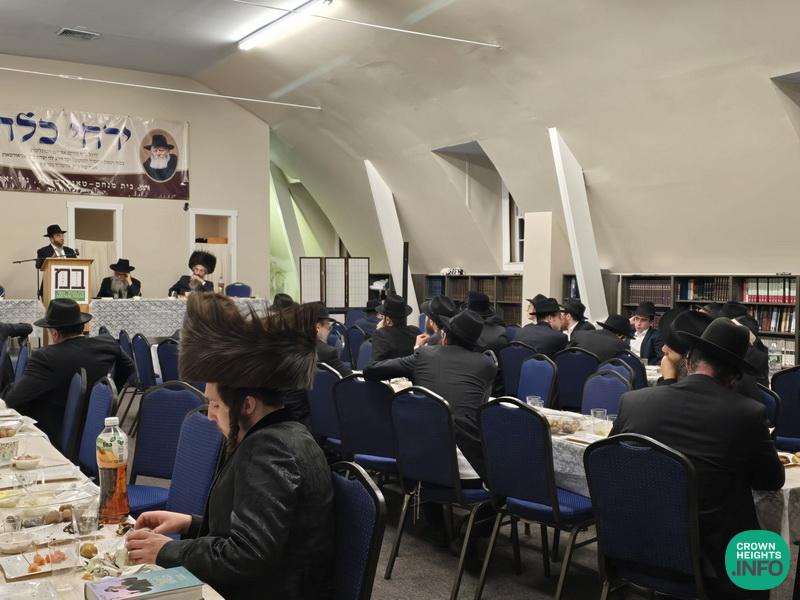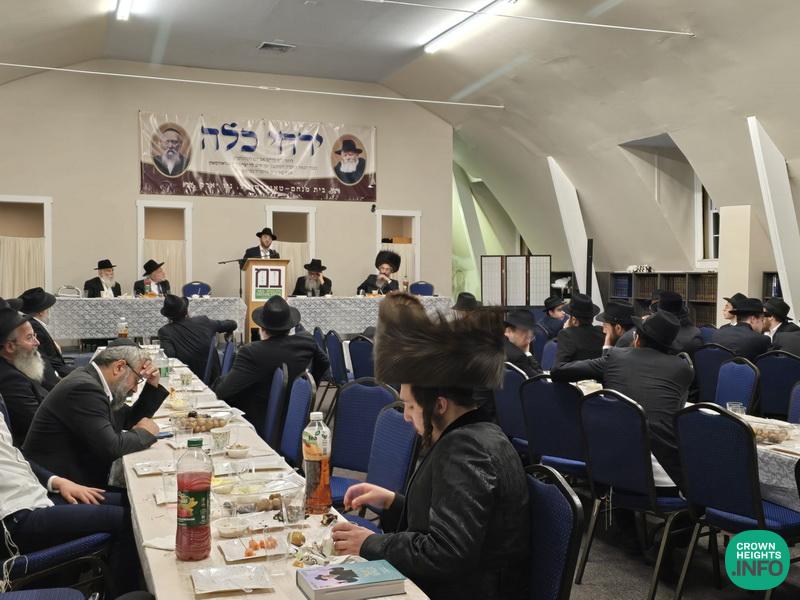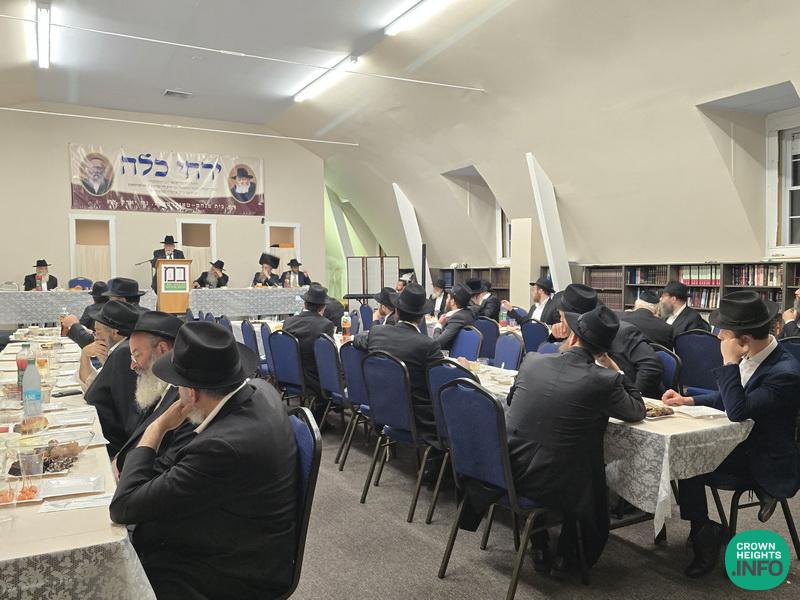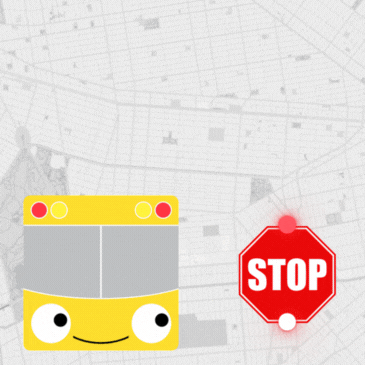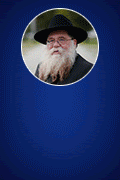
Annual Yarchei Kallah Held In Tannersville
Hunter and nearby Tannersville have long been a summer magnet for thousands of Jews from every community, offering a peaceful alternative to city life. The area boasts a network of shuls, kollelim, kosher groceries, and hotels catering to frum families.
Among the long-established institutions are the historic “Anshei Hasharon” shul, which recently experienced a renewal under the youthful leadership of Rabbi Yehoshua Bornstein; up the mountain is the Bostoner community founded by the previous Bostoner Rebbe of Flatbush, now under the leadership of his prestigious son-in-law; and at the center, the bustling Beis Menachem under the leadership of Rabbi Mordechai Stern.
This week, before Seder Niggunim at the close of Shabbos at Beis Menachem, Rabbi Avraham Bluming, chairman of Igud Hamelamdim in Crown Heights – delivered a shiur on the subject of tefillah betzibur and chazoras hashatz, explaining its inner meaning according to Kabbalah and Chassidus, as taught by Horav Levi Yitzchak in his writings.
Once Shabbos ended, the main hall of Beis Menachem was rearranged to host the annual Yarchei Kallah. Locals and visitors alike streamed in, joining together in a beautiful display of unity – Chassidim of all types, Lubavitchers, members of the Litvisher kollel, and yeshivah students vacationing in the area, all joining together in an atmosphere of mutual respect and ahavas Yisroel.
The program opened with a video presentation of the Rebbe’s Sicha – poschim b’dvar malchus – courtesy of JEM.
Following the video, Rabbi Mordechai Stern, rov of the community, delivered a captivating address based on the Rebbe’s explanations of his father’s teachings – focusing on Moshe Rabbeinu’s breaking of the Luchos and the parallel between the engraved letters of the Luchos and the words of Torah engraved in a person’s mind.
Next, Rabbi Hershel Schachter, Rosh Yeshiva of Yeshiva University’s Yeshivas Rabbeinu Yitzchak Elchanan, was honored with speaking. He delivered a profound talk on the principle of “Eilu v’Eilu divrei Elokim chayim” and the halacha following Beis Hillel.
In the course of his remarks, he noted that in today’s Torah world, the old divide of “misnagdim” no longer really exists. While there are many different Chassidic groups and also many non-Chassidic groups, the category of “opposition” has essentially disappeared, because “ha’emes v’hashalom aheivu” has become the central approach among Torah scholars and, through them, to all of Klal Yisroel.
Following him, the Bostoner Rebbe of Monsey spoke (his father, the Bostoner Rebbe of Flatbush, had regularly participated in this very event each year). In his remarks, he highlighted how Horav Levi Yitzchak preserved the flame of Torah even in a distant corner of the world, in a harsh exile – and through that merited to have a son – the Rebbe – who illuminated the entire world with Torah and mitzvos.
He also shared insights from the pasuk “Livyasan zeh yatzarta l’sachek bo” as a remez associated with Horav Levi Yitzchak’s name. He also pointed out the Gemara in Sanhedrin that some say the name of Moshiach is “Chizkiyahu” – which commentaries explain is known as a kabbalah that was handed down. He pointed out that regarding the name of Moshiach being Menachem, the Gemara links the posuk of “Menachem meshiv nafshi.” The roshei teivos of those words equal 130 (the same as Chizkiyahu), while the sofei teivos equal 52, which is the numerical value of “ben” – alluding to the fact that Rabbi Levi Yitzchak merited a son whose name is Menachem.
Rabbi Yehoshua Bornstein, rov of Anshei Sharon, then spoke at length about the importance of ahavas Yisroel between communities, connecting his message to the haftoros of Shiva d’Nechemta. He explained, based on seforim, that these haftoros can be understood as a dialogue: the requests of the Jewish people to Hashem and His comforting responses in return.
A special guest, despite health challenges, went out of his way to attend – as he has done faithfully each year. This was Rabbi Yisroel Rubin, head shliach to Northeast New York and director of the central Chabad House in Albany. He shared profound insights from Horav Levi Yitzchak’s Torah and distributed a booklet containing expanded sources and references.
The evening reached a moving climax when the crowd enthusiastically sang Rabbi Levi Yitzchak’s hakafos niggun. Past midnight, the participants slowly dispersed, uplifted by the farbrengen, inspired by the memory of Horav Levi Yitzchak, and feeling connected to the Rebbe.
The success of the event was thanks to the tireless efforts of the community leadership and the shul’s administration, led by Rabbi Sholom Ber Rabkin.
